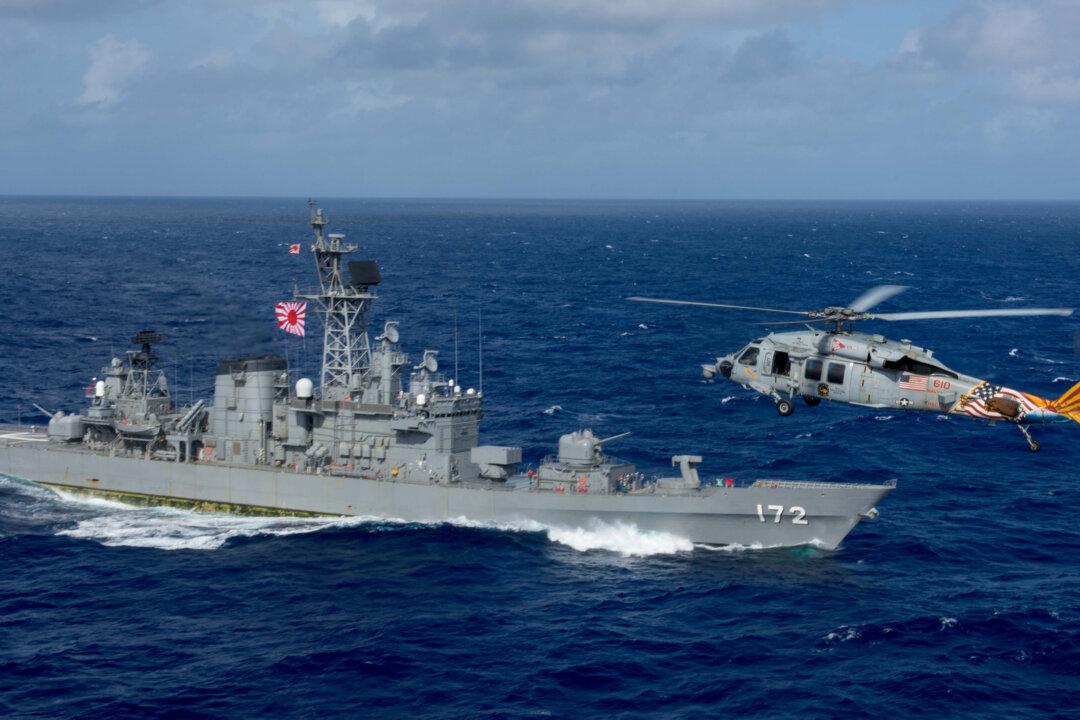Commentary
In July Japan’s Vice Defense Minister Yasuhide Nakayama told the Hudson Institute that China and Russia could launch a surprise “Pearl Harbor-style attack” in the Pacific. The Washington Examiner and Reuters quoted Nakayama as insisting the United States and Japan must demonstrate the will to deter both China and Russia because “they are doing their (military) exercises together.” They conduct exercises from “Honolulu to Japan,” which means America’s “protection line is going ... backwards ....”





